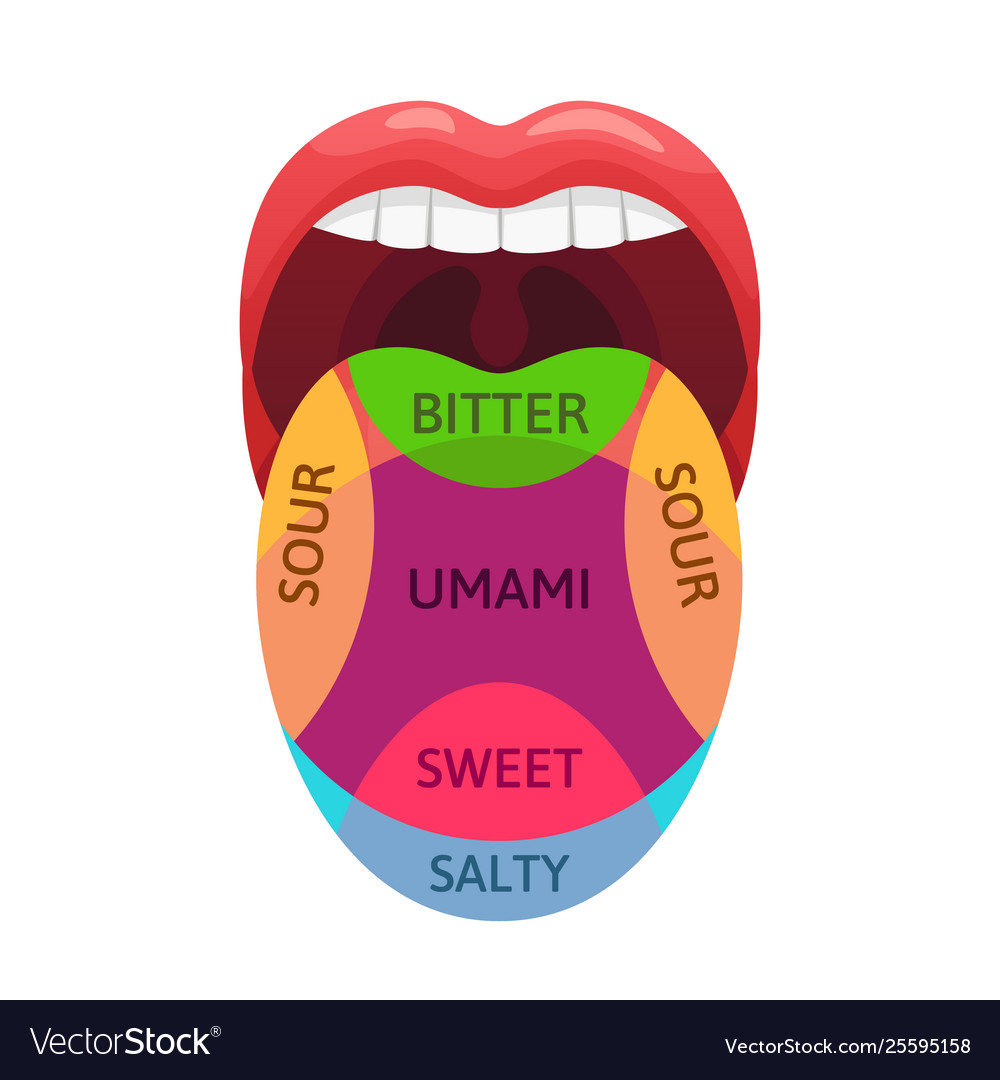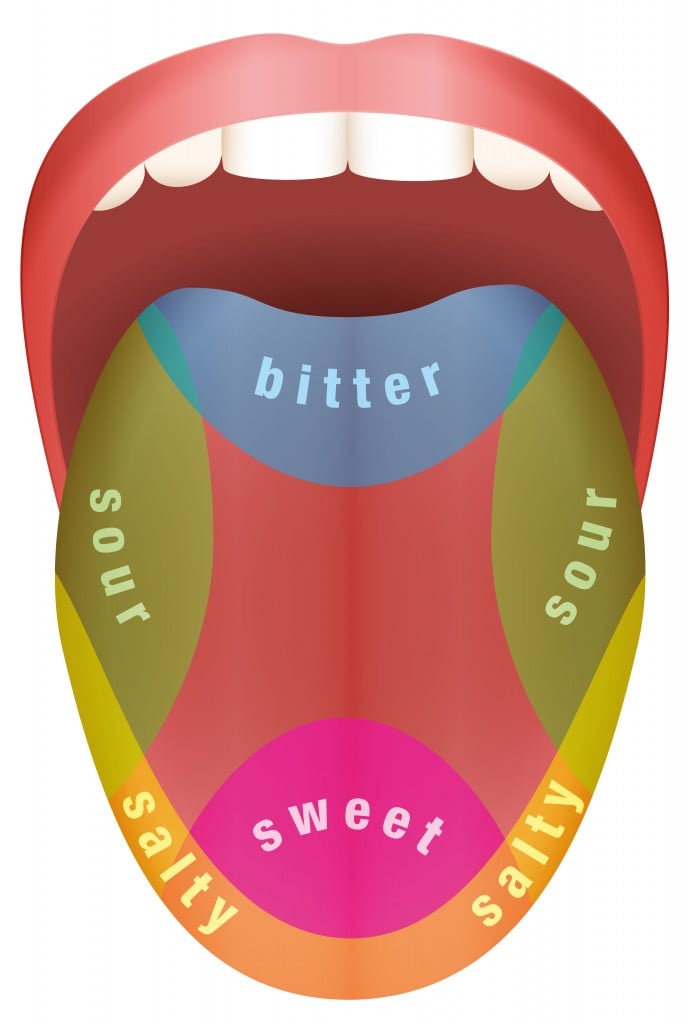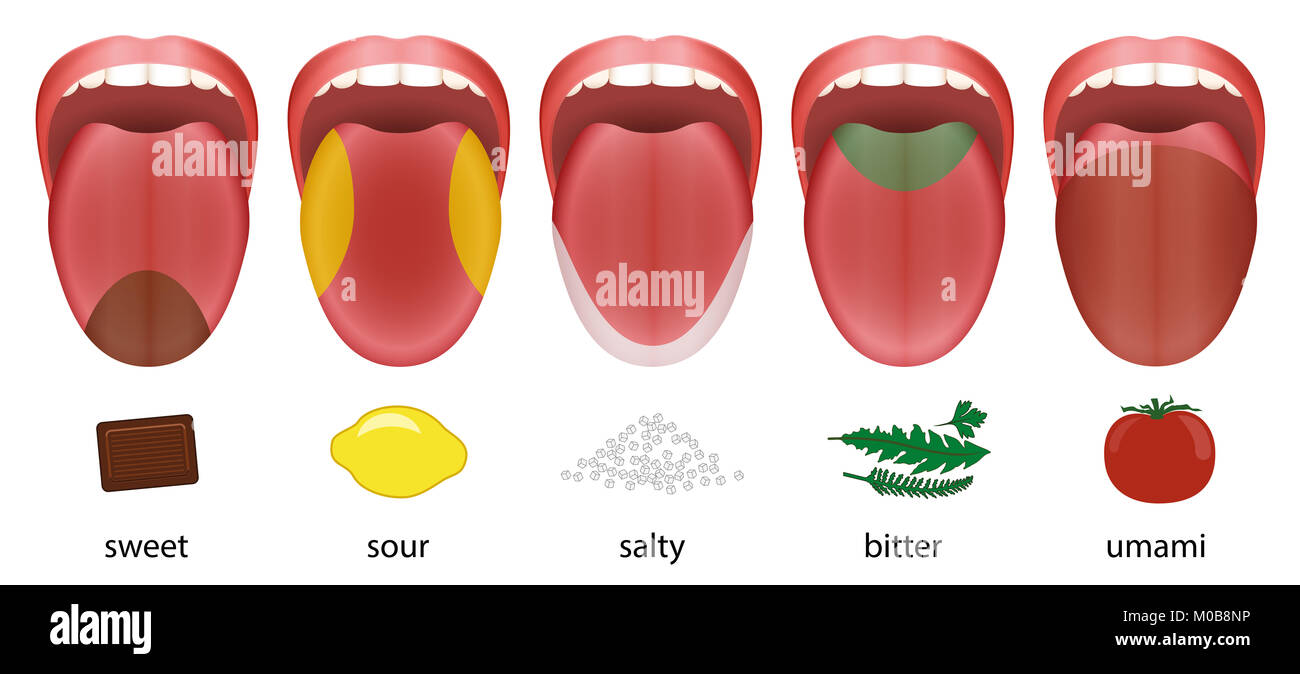Have you ever wondered why some foods make you salivate while others make you cringe? The answer lies in the different tastes that your tongue can detect. There are five basic tastes that your tongue can detect: sweet, sour, salty, bitter, and umami. The combination of these tastes can create a unique flavor profile that can either be pleasant or unpleasant.
Sweet
The sweet taste is often associated with sugary foods such as candy and desserts. It is caused by the presence of sugars and other sweeteners such as honey, molasses, and artificial sweeteners. The sweet taste is the most popular taste among people, and it is often used to enhance the flavor of other foods.

Sour
The sour taste is caused by the presence of acids in food. It is often associated with citrus fruits such as lemons and limes, as well as vinegars and pickled foods. The sour taste can be refreshing and tangy, but it can also be overpowering if there is too much acid present.

Salty
The salty taste is caused by the presence of salt in food. It is often used to enhance the flavor of savory foods such as meats and vegetables. However, too much salt can be harmful to your health, so it is important to monitor your salt intake.

Bitter
The bitter taste is often associated with medicinal herbs and dark chocolate. It is caused by the presence of alkaloids and other bitter compounds in food. While the bitter taste can be unpleasant, it can also be beneficial to your health as it can stimulate digestion and detoxification.

Umami
The umami taste is often described as savory and meaty. It is caused by the presence of glutamate and other amino acids in food. The umami taste is often found in meat, fish, and soy products. It is a relatively new taste that was only discovered in the early 20th century, but it has quickly become a popular taste among food enthusiasts.
Combining Tastes
While each taste can be enjoyed on its own, it is the combination of tastes that creates a unique flavor experience. For example, the combination of sweet and sour can create a tangy and refreshing taste, while the combination of salty and umami can create a rich and savory taste.
Food manufacturers often use the combination of tastes to create new and exciting flavors. For example, a barbecue sauce may combine sweet, sour, and salty tastes to create a smoky and tangy flavor.
Taste Preferences
Everyone has their own taste preferences, and these preferences can be influenced by a variety of factors such as culture, genetics, and personal experiences. Some people may prefer sweet and salty flavors, while others may prefer bitter and sour flavors.
It is important to listen to your body and pay attention to the tastes that you enjoy. By doing so, you can make healthier food choices and create a more enjoyable eating experience.
Conclusion
The different tastes on your tongue can create a unique and enjoyable eating experience. Each taste has its own characteristics and benefits, and the combination of tastes can create a wide range of flavors. By paying attention to your taste preferences, you can make healthier food choices and enjoy a more satisfying eating experience.